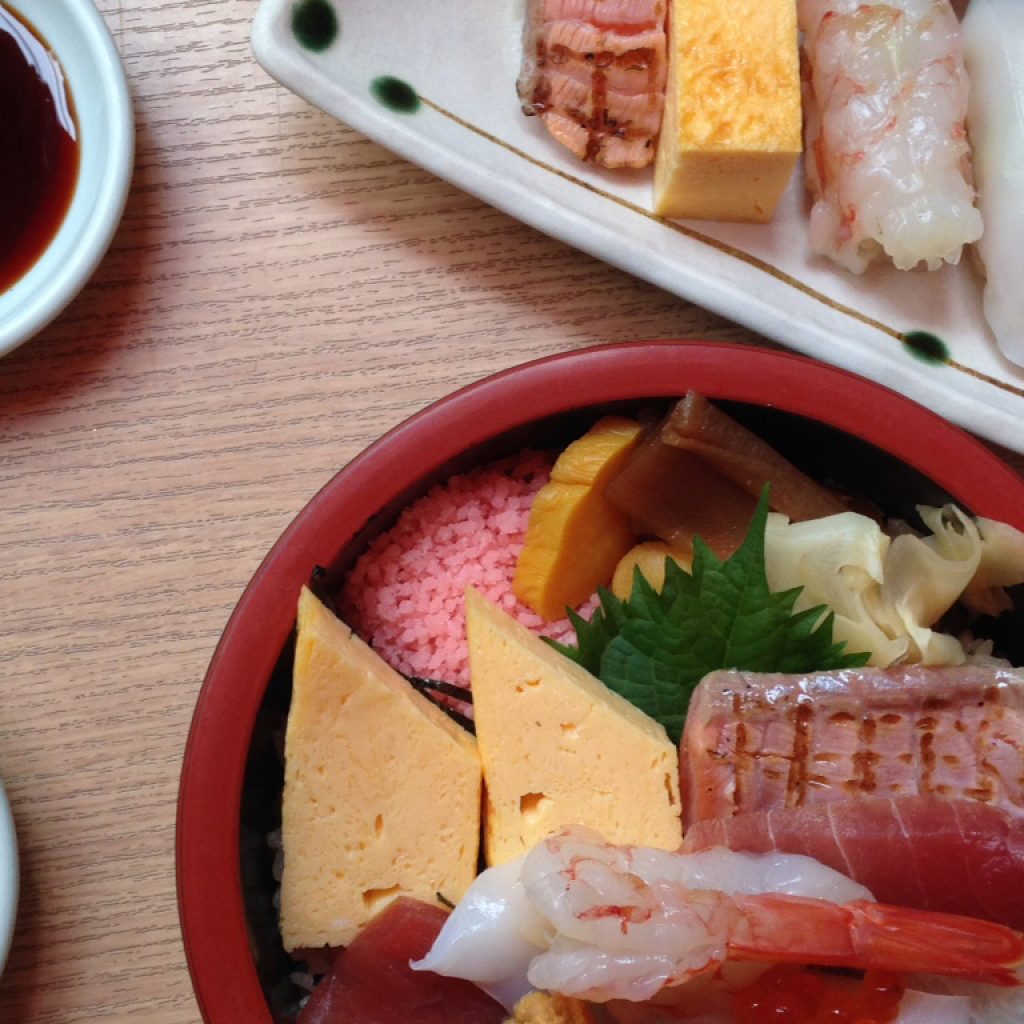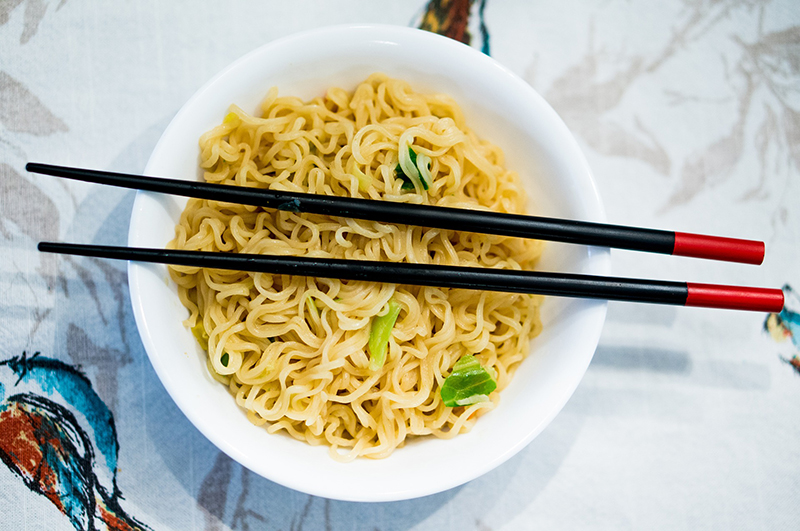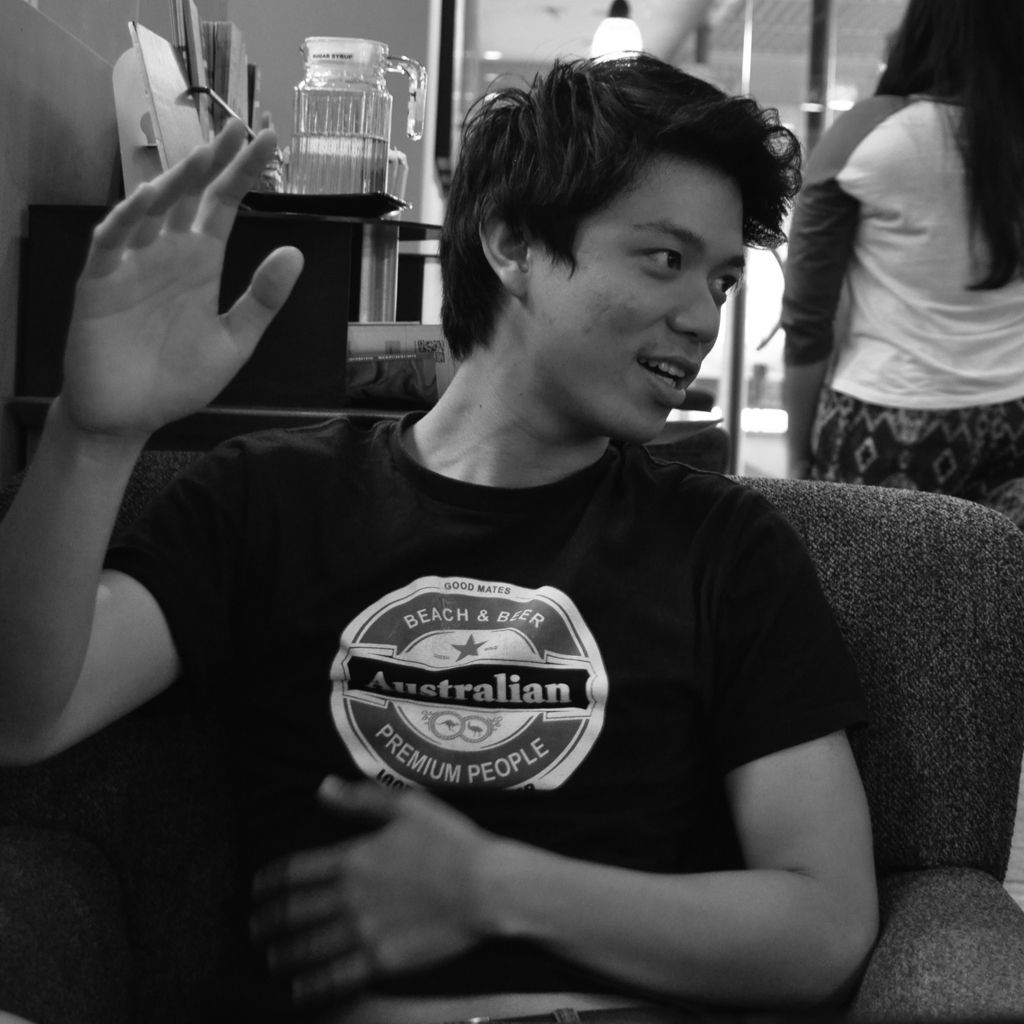Dining Customs in a nutshell

Some rules are universal such as chew with your mouth closed or try not to leave any food uneaten. But if you really want to impress your Asian colleagues, a few small gestures can go a long way. Sharing food is common across Asian cultures, but a significant component is not what you eat, but how you eat. In many restaurants, instead of a prearranged napkin and cutlery, there is a basket of chopsticks and spoons along with a paper napkin dispenser. It shows great courtesy if you prepare your associate’s napkin, chopstick and spoons for them first and then arranging yours. Further, while eating rice one must never stick chopsticks standing upwards in the bowl as it is reminiscent of burial procedures across many Asian cultures.
Drinking is also a significant component of social and business relations. Be warned, however, that this is not just an opportunity for you to relax. You will be judged by not only how you behave, but by how much you drink. It is not too serious, but do not be as comfortable as you might be drinking with superiors and colleagues in the West because this is a typical way bosses get information about their employees’ personal life and much the same goes for international guests. You will be expected to drink and your host typically will pour the beverage for you. When that is the case, be sure to receive the beverage with two hands, one on the glass and the other on your forearm. In addition, be prepared for frequent toasts and cheers, even in the middle of your current drink. Something funny said, a point agreed on or even just the arrival of the food will often spark a clinking of glasses. And on those nights when you do not care to drink much or at all, you must be careful not to offend your host who has very likely been looking forward to this opportunity. We may believe honesty is the best policy, but a little excuse about a doctor’s advice can go a long way and will avoid negative feelings.
Although some of this many seem daunting, any social gaffe is mitigated by politeness and respect. Even if you knock something over on the table, a bow, a smile, and an awareness of these few small things will show that you took the time understand their culture and will build not only long-lasting professional relationships, but friendships too.



No Comments